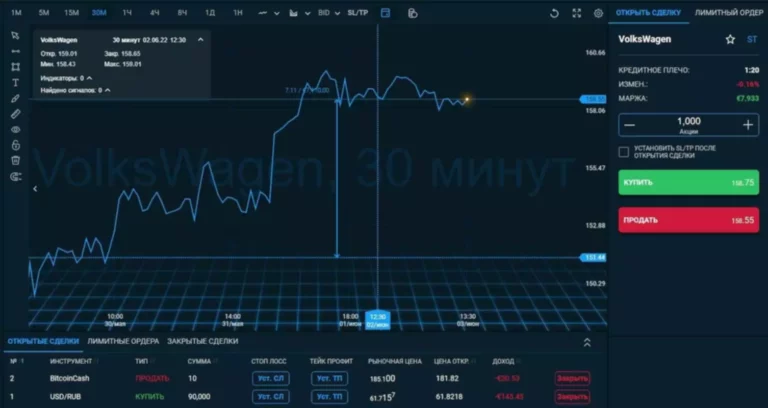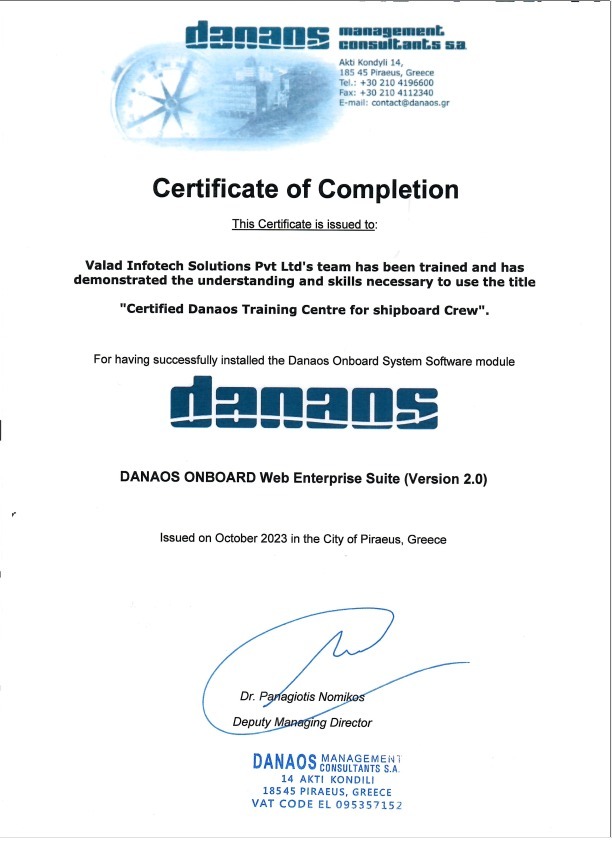In March 2021, equity trading volume at the Singapore Exchange (SGX) reached SGD 38.2 billion. As of August 2021, the Colombian Stock Exchange (BVC) had a month-to-month fairness buying and selling volume of roughly COP 2.2 trillion. In 2020, the total trading quantity of Asian fairness markets reached roughly $56 trillion. As of April 2021, the London Stock Exchange Group (LSEG) had a yearly equity buying and selling volume of approximately 516 billion British kilos.

As such, it tries to measure the common quantity of trading happening within the security under consideartion. Thus, an n equal to 22 (the variety of buying and selling days in a month) is utilized by most fund managers. Volume is a handy software to check tendencies, and as you’ll find a way to see, there are numerous methods to make use of it. Basic tips can be utilized to assess market power https://www.xcritical.com/ or weak point, as well as to examine if volume is confirming a price transfer or signaling that a reversal could be at hand. In short, while volume is not a exact device, entry and exit indicators can sometimes be identified by looking at price motion, volume, and a quantity indicator. Advance your market intelligence with a complete set of market insights and data.
Adtv Aids In Validating A Pattern
By using these strategies for analyzing common every day trading quantity, investors can acquire a deeper understanding of market effectivity and make extra knowledgeable funding selections. Ultimately, one of the best approach will depend upon the investor’s particular objectives and the kind of securities or markets being analyzed. Interpreting common daily buying and selling quantity patterns is a useful talent for buyers and merchants alike. Utilizing these strategies in conjunction with different technical and elementary evaluation instruments can enhance one’s capability to navigate the markets successfully. It offers priceless information about market sentiment, confirms worth movements, identifies breakout and reversal patterns, and permits divergence evaluation. By incorporating volume evaluation into their buying and selling strategies, traders and traders can achieve a deeper understanding of market conduct and probably improve their trading selections.

Therefore, it is essential to assess the buying and selling quantity in relation to the size of the corporate to achieve a extra correct understanding of market exercise. Looking at volume patterns over time may help get a way of the strength of conviction behind advances and declines in specific shares and entire markets. The similar is true for options traders, as trading volume is an indicator of an option’s present interest.
Positive news, such as strong earnings stories, new product launches, or successful mergers and acquisitions, usually appeal to extra traders and investors, leading to greater buying and selling volumes. Conversely, negative news, similar to poor financial efficiency, regulatory issues, or scandals, can dampen investor sentiment and lead to lower trading volumes. When a security experiences a significant change in buying and selling quantity, it often signifies a shift in market sentiment. For instance, if a inventory has been trading with low quantity however suddenly experiences a surge in buying and selling activity, it may signify a change in investor sentiment and probably the beginning of a new pattern. By closely monitoring the typical every day trading quantity, traders can spot such reversals and regulate their strategies accordingly.
Utilizing Common Daily Buying And Selling Quantity To Establish Market Liquidity
In different words, the larger the dimensions of the commerce relative to the ADV, the harder it goes to be to trade the position. Volume patterns provide a sign of the energy or conviction behind value advances or declines for a stock or sector and even the complete market. An advance on rising quantity is generally seen as a bullish sign, while a decline on heavy volume may be interpreted as a bearish sign.
From an investor’s perspective, understanding the average day by day trading volume helps decide the benefit with which one should buy or sell a safety without considerably impacting its price. Higher buying and selling volumes usually point out higher market liquidity, making it easier to enter or exit a position with out causing significant value fluctuations. On the other hand, lower trading volumes can point out illiquidity, potentially leading to wider bid-ask spreads and problem in executing trades. Consider a state of affairs where a technology company is rumored to be in talks for a potential merger or acquisition. During this period, the stock may experience excessive trading quantity as traders speculate on the outcome of these discussions.
Stocks with comparatively low trading volumes appeal to larger bid and ask spreads, making it harder to enter or exit the inventory at your desired price. In distinction, shares with constantly high common trading volume provide tighter bid-ask spreads, making it simpler for an investor to enter or exit trading positions at their desired worth. The technical indicator will then do the common volume calculation for you, updating it every new buying and selling day. Beneath the surface of a transfer higher or lower, developments may be forming—or fizzling right into a reversal. That’s why merchants look for different indications of enthusiasm when they want to confirm or refute a worth sign. Trading volume, which measures the variety of shares traded throughout a particular time interval, may help.
- In this section, we’ll explore the varied features of decoding ADTV and the way it can be used to achieve a competitive edge out there.
- In March 2021, the Shanghai Stock Exchange reported a trading volume of CNY 30.01 trillion.
- The Colombian Stock Exchange (BVC) has seen a outstanding enhance in its equity buying and selling volume, with a monthly total of COP 2.2 trillion as of August 2021.
- In Q2 2021, the equity buying and selling volumes on the Korea Exchange (KRX) increased by 37.1% from the same quarter in the earlier 12 months.
- This liquidity is crucial for traders and traders as it ensures that they’ll enter or exit a position with out facing excessive slippage or worth volatility.
This statistic is a transparent indication that equity buying and selling is alive and properly in Australia, and that traders can count on to see continued growth in the sector. If a large institutional investor decides to buy or sell a big number of shares, their order can have a considerable affect on the inventory’s worth. This can create a distorted perception of the stock’s worth, making it troublesome for different market participants to gauge its true price. In the case of a pullback in a stock or market, the volume should be lower than it is when the worth is transferring within the direction of the development, typically larger. Lower volume signifies that traders don’t have a lot conviction within the pullback, and it may counsel that the market’s upward trend might continue, making the pullback a buying alternative.
Understanding Market Dynamics
It provides useful insights into the liquidity and market activity surrounding a selected security. By analyzing the common day by day buying and selling volume, investors can gauge the extent of interest and participation in a inventory, helping them make informed selections about shopping for or selling. When it involves analyzing market exercise, one metric that stands out is the average day by day buying and selling volume.
Average daily buying and selling volume refers again to the average variety of shares traded in a specific inventory over a specified interval, usually calculated over a 30-day timeframe. This metric provides valuable insights into the liquidity and interest in a stock, helping traders gauge how actively the stock is being bought and sold. For occasion, think about a pharmaceutical firm announcing a breakthrough in drug improvement. This information trading volume means sparks pleasure among investors, resulting in a surge in buying and selling activity and a subsequent improve in share price. In the world of financial markets, there are countless components that affect the habits and efficiency of assorted assets. One such issue that holds vital significance is the typical day by day trading volume (ADTV).
Understanding and decoding average daily trading quantity patterns is important for buyers and traders looking to gauge the market’s effectivity and make knowledgeable choices. By analyzing volume patterns, market members can establish trends, verify worth movements, and assess the general market sentiment. In this part, we’ll discover the assorted features of decoding average day by day buying and selling quantity patterns and how it may be utilized successfully. Analyzing the average daily trading volume is a crucial step in making knowledgeable investment choices.
Understanding the position of institutional buyers in common daily trading volume is crucial for market participants to make knowledgeable funding selections. Interpreting common every day trading quantity developments requires a keen eye for element and a holistic understanding of market dynamics. Remember, profitable interpretation of volume developments is an ongoing course of that requires steady monitoring and adaptation to changing market situations. Understanding the idea of Average daily Trading volume (ADTV) is crucial for anyone involved in the financial markets. ADTV is a key market indicator that provides insights into the level of exercise and liquidity within a particular stock, bond, or different monetary instrument.
Understanding Common Daily Buying And Selling Quantity
Average every day trading volume is a crucial metric for stock choice, offering valuable insights into a inventory’s liquidity, reputation, and volatility. It helps investors gauge the convenience of purchasing for and promoting shares, the level of curiosity in a stock, and the potential worth stability. However, it is essential to analyze this metric along side other components and align it with your investment targets to make knowledgeable choices.
Technical analysts place great emphasis on the amount of volume that occurs in the trading of a safety or futures contract. A sharp rise in quantity is believed to suggest future sharp rises or falls in price, as a end result of it reflects increased investor interest. If the common every day buying and selling volume is excessive, it means the inventory has excessive liquidity and there are many keen consumers and sellers. If buying and selling quantity isn’t high, the stock tends to be cheaper as a outcome of not as many people want to buy it.

Understanding the significance of average day by day trading volume is crucial for traders and merchants alike. It supplies priceless insights into market liquidity, worth discovery, volatility, and risk management. By considering ADTV, market individuals can make more knowledgeable selections, tailor their buying and selling strategies, and effectively navigate the ever-changing panorama of financial markets. The average daily trading quantity is a key metric that provides priceless insights into the extent of market participation and the liquidity of a selected safety or market. It represents the variety of shares or contracts traded on average per day over a specific interval.
When it involves deciphering the intricate world of stock market buying and selling, understanding the relationship between share value movement and average day by day buying and selling volume is crucial. Share worth movement refers again to the fluctuation in the worth of a specific inventory over a given interval, while common daily trading volume represents the typical number of shares traded in a day. These two components are intrinsically linked and can present valuable insights for buyers and traders alike. Institutional investors play a crucial role in shaping the typical every day buying and selling quantity in financial markets. These investors, corresponding to pension funds, mutual funds, and insurance firms, manage large swimming pools of capital and have the ability to considerably influence market liquidity and worth actions.

















